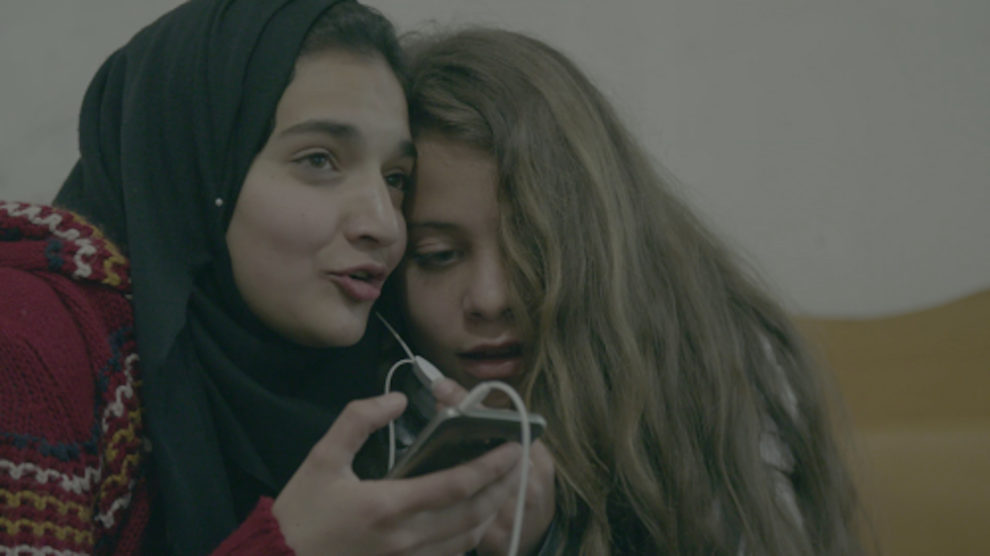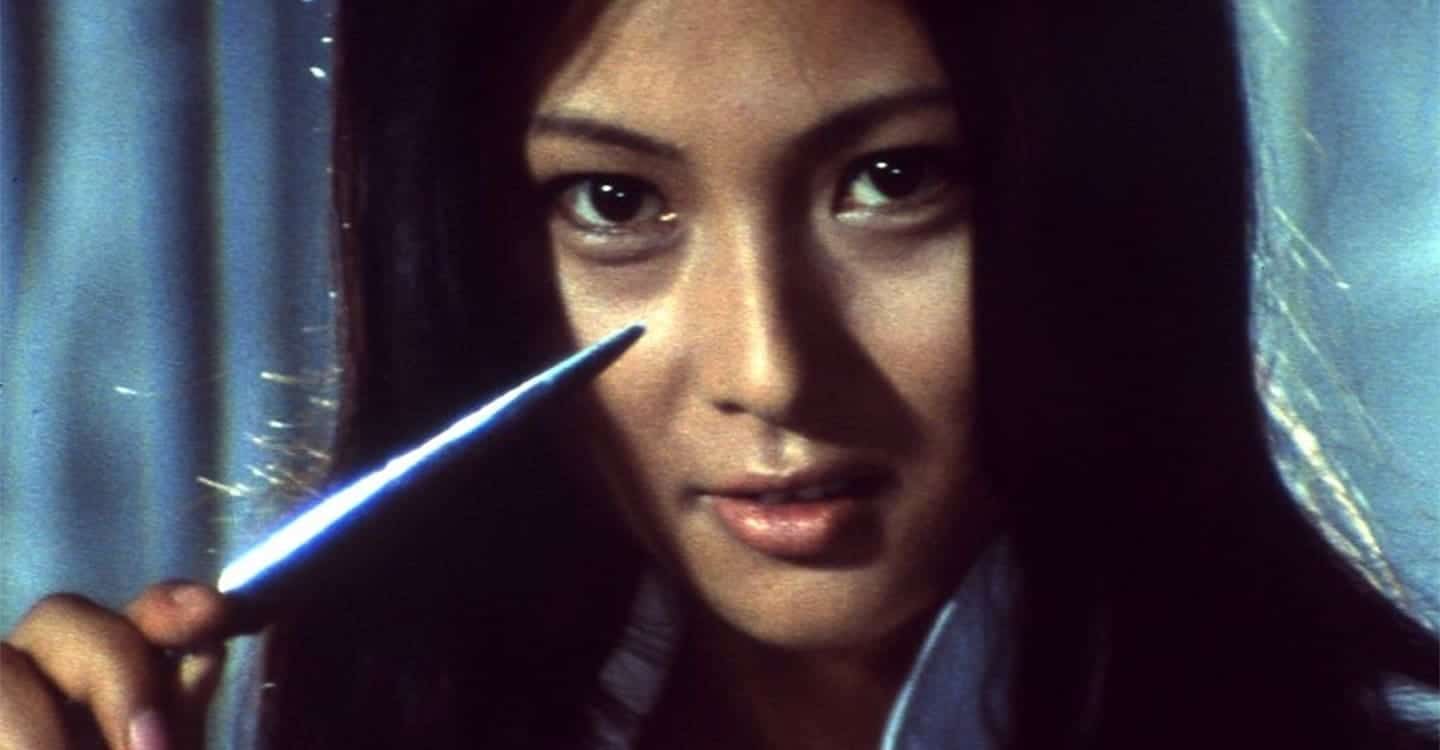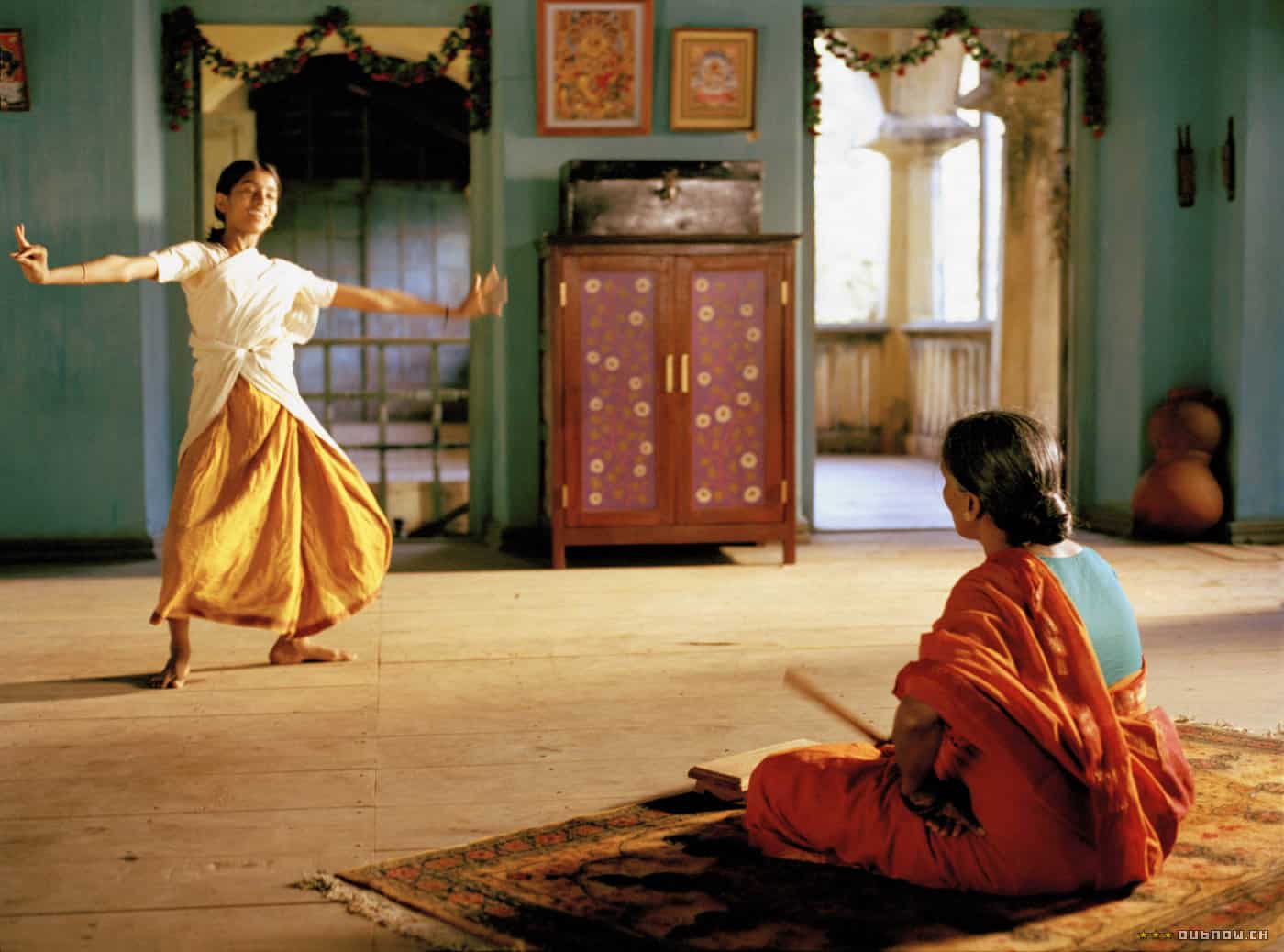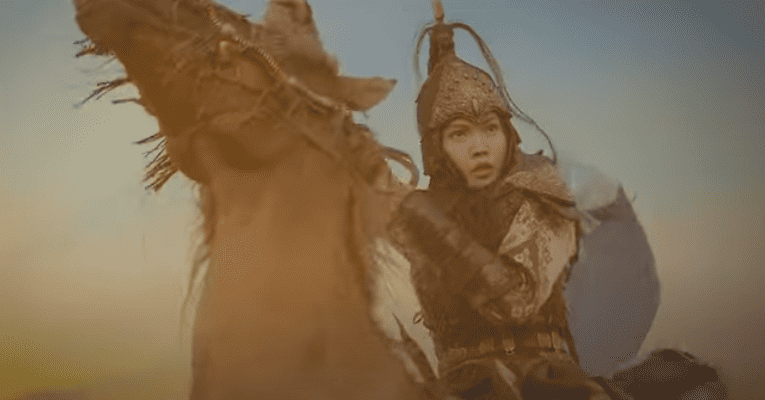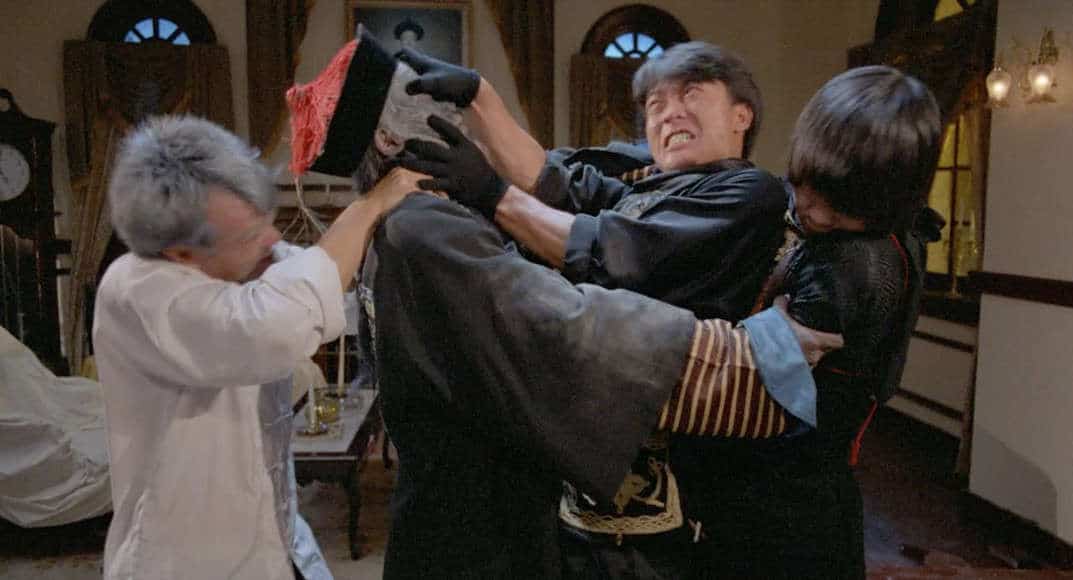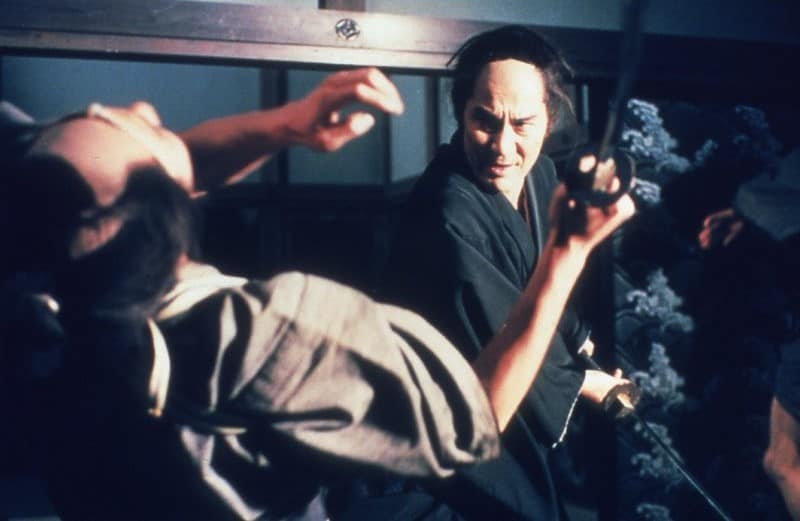The documentary and Israeli production “Children” by Ada Ushpiz celebrated its world premiere at DOK Leipzig. For over two hours, the film takes the viewer into the streets, homes and emotional worlds of Palestinians. It is especially the children and young people who are the focus of attention. Over the course of several years, the director accompanies three families whose children, in one way or another, are seen as fighters against the Israeli occupation forces.
“Children” is screening at DOKLeipzig

At the beginning of the film, we follow the release of 11-year-old Dima, who spent four and a half months in an Israeli prison. She was arrested because, armed with a knife, she admitted to wanting to attack Israeli soldiers. Accompanied by a television crew and several journalists, Dima's mother welcomes her daughter. Everyone wants to know how it was. What did she see? What did she experience? The disappointment is visibly great, as Dima does not satisfy their curiosity. Already at this point, at the very beginning, a key scene unfolds that is decisive for the further course of the film and its perception. For it is not really the various children who tell about their concrete experiences with the Israeli order forces. It is the adults who become their mouthpieces. Everything seems filtered through the parental need to put into words what they want to believe, and probably have experienced in part. In any case, all is about the image of their antagonists, oppressors for sure, that they must maintain and want to transmit.
Dima is dragged in front of the camera by her mother. She is supposed to report what she has experienced – even a year after her imprisonment. She remains mute. Another girl of the same age also becomes the same plaything of the media. In short, tendentiously cut-together pictures, a TV station reports on the young woman's many years of militancy and shows her screaming combat slogans with a bandana around her head. So it is obvious that the two girls become best friends. This connection seems extremely constructed. And this is a feeling that comes up again and again in the film.
A third girl is 6-year-old Deeran. The girl's school class becomes a recurring motif. Here a young teacher talks about the history of Palestine, she talks to the children about their relationship to Israel. They want to know from the children what they have observed, how they feel when they encounter Israeli military in the streets and how members of their family deal with them. The teacher's behavior could be seen as indoctrination.
In the pictures, the young people and children are constantly present. Their thoughts and feelings are only marginally expressed. One boy once tells that he still has nightmares about his stay in prison and another that he just wants to have his peace. He doesn't want to be afraid at night that there will be a knock at the door and someone would be arrested. These moments are not enough to address the viewer emotionally. Even the hand camera aesthetics, led by Danor Glazer and Bilal Saed, which produces nervous images, does not manage to make one feel really close to the protagonists. The director also tries to create memorable images by means of repetition. But this does not succeed. Instead, the film seems redundant and long-winded.
The depiction of the Palestinians in “Children” as a whole leaves a strange aftertaste. Either they fight against the Israelis, which is essentially done with words, or they sit in front of the television. On the one hand, a picture of a great militancy emerges, but on the other hand it is not evident, due to a lack of differentiation and conciseness, exactly how this is put into practice. The concept of the enemy seen by the Palestinians is not sharply defined either. This is perhaps not possible. But in any case, the film is not very informative and thus misses its impact and potential. The interested audience must inform itself about the circumstances and the extent of the so-called “Knife Intifada”, which since 2015, more and more children and young people join and rebel armed with knives against Israeli soldiers.


